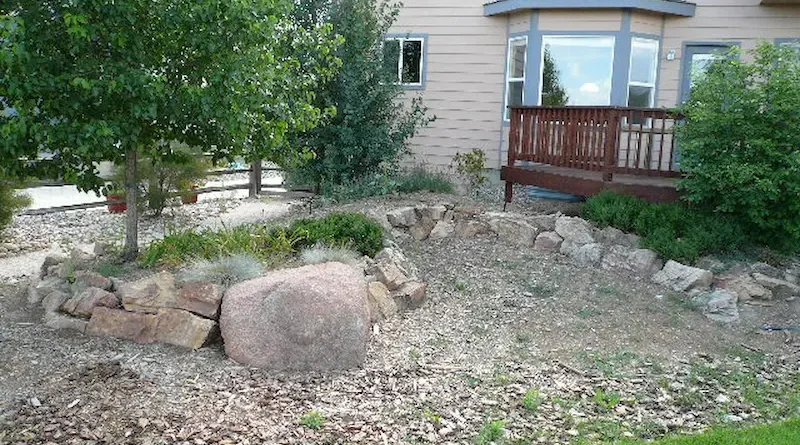Master Your Landscape Project: Sand and Gravel Selection
Choosing the suitable sand and gravel for your landscape project requires understanding the specific needs of your design. Consider texture, size, and color to match your aesthetic and functional requirements. Evaluate the quality and source of materials and consult with suppliers for the best options. Proper selection ensures durability and enhances the overall appearance of your landscape.
Understanding Your Project Needs
Identifying your requirements is one of the first steps when planning a landscape project. Are you building a patio, walkways, or garden beds? Different projects will necessitate different types of sand and gravel. For instance, paver patios require fine sand for joint filling to ensure no gaps and that the pavers stay in place. On the other hand, garden beds might benefit from a mixture of rich compost and coarse gravel to enhance soil drainage and prevent root rot. Consulting a reliable sand & gravel supplier Pennsylvania can help you decide on the best materials for your specific needs, ensuring your project succeeds from the ground up.
Types of Sand: Which to Choose?
Sand is a versatile material that can significantly impact a project. Play sand is suitable for children’s play areas but may not offer stability for pavers. Concrete sand is coarse and used as a base material under concrete slabs, providing superior drainage and stability. It is also used for mixing concrete, making it suitable for projects like paver walkways and patios. Masonry sand is finer than concrete sand and is used for mortar laying bricks and blocks. It is ideal for creating smooth, attractive plaster and is used for finishing touches, plastering walls, and adding decorative textures to landscapes. The right choice of sand can significantly impact the integrity and longevity of your project.
Exploring Different Types of Gravel
Gravel is a versatile material used in various landscape features, including pea gravel, crushed stone, and river rock. Pea gravel is suitable for garden paths and driveways, while crushed stone is durable and stable for driveways and pathways. More significant than typical gravel, river rock offers a natural, polished look suitable for garden beds and water features. This type of gravel can create striking borders, add texture to dry creek beds, or serve as a decorative feature around ponds and fountains. Its larger size reduces maintenance and ensures long-lasting beauty in your landscape. Overall, gravel is a versatile and versatile material for various landscape features.
Factors to Consider When Choosing Sand and Gravel
When selecting sand and gravel for construction, ensure adequate drainage to prevent water logging and related issues. Assess the material’s compactness, especially for walkways and driveways. Consider the cost implications, as some types may be more expensive. Proper drainage prevents water accumulation, plant damage, slippery surfaces, and erosion. Compaction is essential for the structure to be stable and last long. Evaluating costs helps stay within budget and make economically sound decisions without compromising quality.
How to Calculate the Quantity Needed
Calculating the amount of sand and gravel required can be daunting. First, measure the project area. Use online calculators or consult landscaping professionals to determine the volume you need. Remember, ordering a little extra is better than falling short. A general rule of thumb is to order 10% more than your calculated requirement. Accurately measuring the project area and calculating the volume ensures you have enough material to complete the project without interruptions, saving time and effort.
Where to Buy Quality Sand and Gravel
Regarding quality counts regarding sand and gravel, consider local suppliers who can provide practical advice tailored to your region. Always inspect the material before purchase to ensure it meets your project’s needs. Local vendors can propose the best supplies for your project since they frequently understand the local soil and weather conditions better. Inspecting the materials before purchase also ensures you receive high-quality products that will perform well and last long.
Top Tips for a Successful Landscape Project
Proper planning and material selection go a long way. Follow these top tips for a successful project:
- Research: Thoroughly research the types of sand and gravel available. Selections beneficial to your project are made easier when you know the properties and applications of various materials.
- Budget: Plan your budget accordingly and factor in delivery costs. Landscaping Network offers economic guidelines on budgeting your landscape project. Setting a budget helps you manage expenses and avoid overspending while ensuring you allocate resources effectively.
- Hire Professionals: Don’t hesitate to hire professionals for complex tasks. Professional landscapers have the experience and expertise to handle intricate projects, ensuring high-quality results and saving time and effort.
Maintaining Your Landscape
Maintenance is vital to ensuring your landscaped areas remain beautiful and functional. Regularly inspect and replenish sand and gravel where necessary. Clean and weed garden beds and pathways to maintain a polished look. Investing in good-quality materials may minimize the need for frequent replacements and repairs. Routine maintenance helps preserve the integrity and aesthetics of your landscape, ensuring it remains an enjoyable and attractive space for years to come.
Watch out for the rest of Time Fores for more interesting and useful articles.

